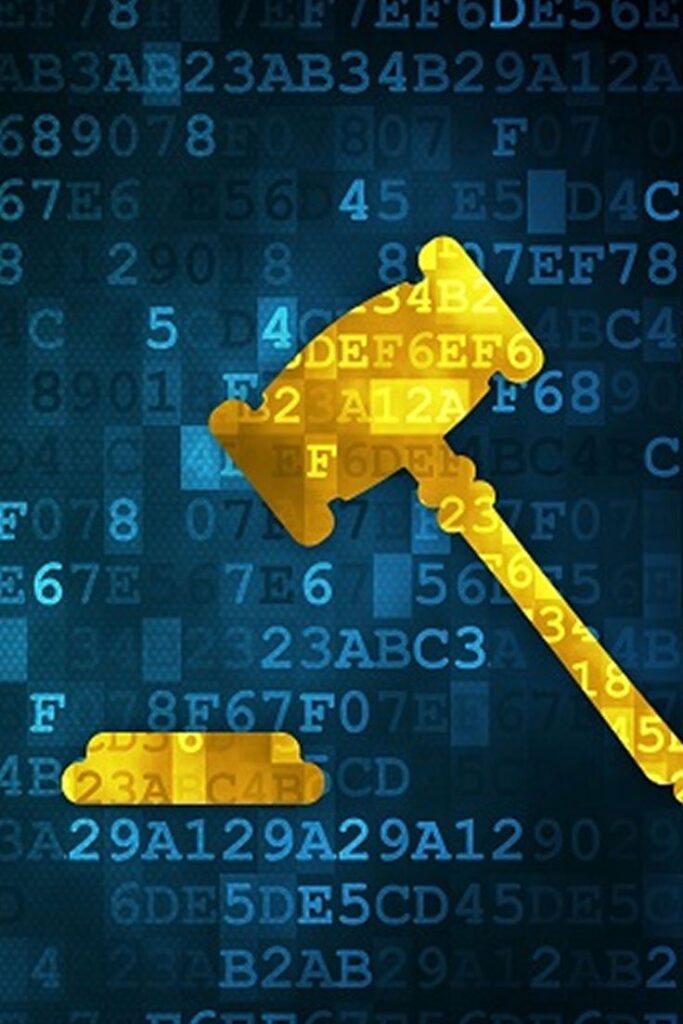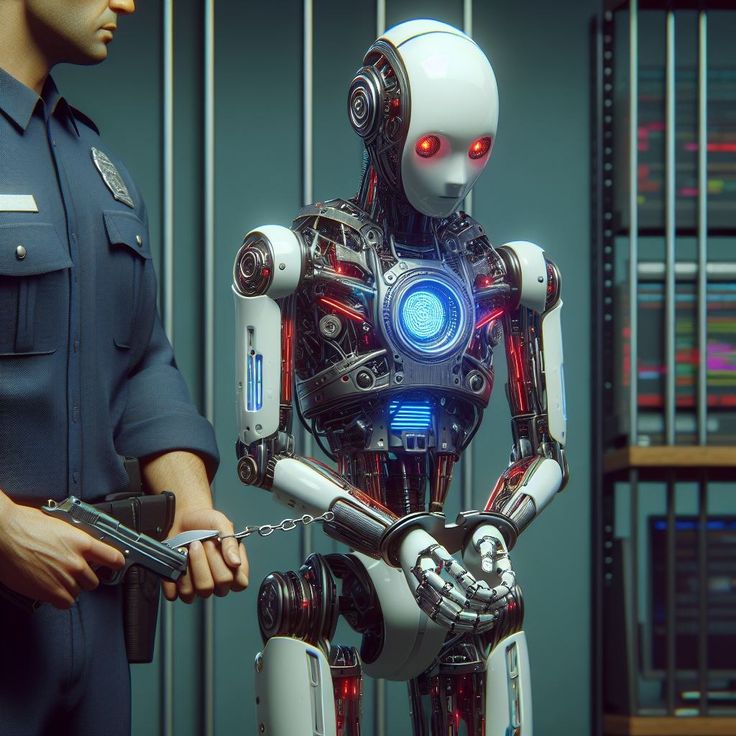In this part, we will explore the complex web of connections between technology and the law, focusing on how this dynamic interaction has altered both the nature of the law and social mores. It lays the groundwork for investigating the ways in which technological developments have affected and improved legal structures.
- The Revolution of Legal Procedures Driven by Technological Advancements:
This section explores the ways in which technologies like automation, machine learning, and artificial intelligence (AI) are changing the way the legal industry does things. Integrating technology within legal operations is examined in terms of efficiency advantages, cost-effectiveness, and obstacles. - The Art of Electronic Discovery & Digital Forensics: Deciphering Digital Proof:
In this part, we will go over the basics of electronic discovery & digital forensics and how technology has changed the discovery process in court. The article delves into the digital forensics field and the possibilities and threats posed by massive volumes of electronic data. - Protecting Digital Assets: Cybersecurity & Data Privacy
This section delves at the changing legal framework around cybersecurity as well as information privacy, in light of the growing dangers to digital assets. The evolution of rules and regulations to safeguard private data and personal privacy in a globally networked society is covered. - The Game-Changing Impact of Blockchain on Legal Transactions:
This section explores blockchain technology and how it may change the way legal transactions are conducted. It delves into how blockchain might improve the efficiency economic transactions, build transparent and secure smart contracts, and solve problems with authenticity and traceability.
Using AI to Improve Information Retrieval for Legal Investigation and Due Diligence
This section delves at how legal practitioners are being empowered by artificial intelligence, namely in the areas of legal analysis and due diligence. This article delves into the topic of artificial intelligence (AI) driven technologies that may streamline due diligence, contract analysis, and legal research.
- Easing Conflicts Through Dispute Resolution on the Web (ODR):
Here we’ll talk about dispute resolution online (ODR) and how technology is changing the way legal disputes are handled online. To make legal procedures more accessible and efficient, it examines the pros and cons of utilizing online platforms as alternative dispute resolution. - A Look at Legal Tech Startups: Trailblazing Legal Industry Innovation:
In this part, we’ll take a look at how creative companies are changing the legal business and how to navigate legal tech startups. It delves into the ways these new businesses are using tech to fill voids in the legal industry, increase people’s access to justice, or streamline legal processes. - The Difficulty of Adopting New Laws in Light of Technological Developments in the Digital Era:
This section explores the difficulties of adjusting current regulations to the fast development of technology, which is one of the regulatory hurdles. Cybersecurity, digital currencies, & the moral application of artificial intelligence are among of the topics covered, along with the need for adaptable and prospective legislation. - The Role of Intellectual Property Laws in the Modern Digital World: Preserving Innovation
In this part, we will examine how legal frameworks in the digital age protect innovation, with a focus on technology & intellectual property regulations. It delves into topics including software patents, digital content protection, and dealing with problems caused by new technology. - Negotiating the Digital Social Square with Social Media & Legal Considerations:
In this part, we’ll talk about the legal ramifications of social media and the difficulties that have arisen as a result of its ubiquitous impact. Defamation, privacy invasions, and the changing power of social media to influence public opinion are some of the topics covered.

- Using Technology in Courtrooms: Bridging the Gap Between Traditional and Modern Legal Proceedings:
Here we take a look at the role of technology in courts and how new developments in digital technology are changing the way cases are heard. Electronic file systems, virtual courtrooms, and presentations aided by technology are all topics covered. - Balancing Responsibility with Innovation in Legal Technology: Ethical Considerations
This section delves into the ethical dilemmas that arise when law and technology collide, helping readers navigate these matters. The article delves into the significance of upholding ethical norms while creating and using legal technology. - Looking Ahead: What the Future Holds for Legal Technology:
Here we take a look forward at some of the trends that we expect to see in the next years at the crossroads of law & technology. In a legal system that is becoming more and more tech-driven, it addresses new technology, possible changes to regulations, and the changing role of lawyers. - Final Thoughts: Embracing the Future of Law Through Technology:
Finally, this part stresses how important it is for lawyers to accept a future where technology plays a significant role. The power of technology to revolutionize legal procedures, expand the reach of justice, and create a more effective and agile judicial system is highlighted.
